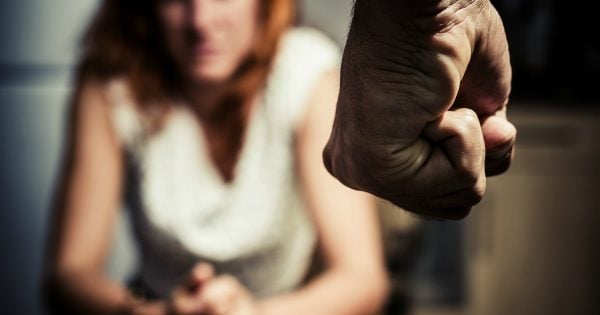WARNING: This article includes details of family violence.
“He’s going to actually kill me, I’m going to lose my life.”
This is the thought Kirsty* recalls reciting in her head, over and over, when her son James* wrapped his fingers around a beer bottle, looked her in the eye and swung it toward her face.
Moments earlier, the then 17-year-old had terrorised her as he smashed up the family kitchen.
She fled outside, but he sniffed her out. His 188cm build towering over his mother’s tiny frame, he grabbed her by the throat and dragged her across the ground for 100 metres, all the way back to the house.
There, a beer bottle became his weapon of choice. She ended up in hospital, with a broken nose, seven stitches across her face and two black eyes.
Kirsty, 57, had suffered years of abuse at the hands of her own son, at their home in Central Victoria. And it took her to the brink of death before she was finally ready to put her own survival before her motherly instincts. She drew the deepest of breaths, and took out an indefinite intervention order against her son.
It’s a near unthinkable decision for most parents – or, as Kirsty says, “a hard pill to swallow as a mother”. But it’s one that thousands of parents are facing across Australia.
In Victoria alone, during the 12 months to March 2017, police were called to 5104 family incidents where the accused was aged 17 or younger. A little over 600 of them were under 13 years old. And in about two-thirds (3247) of cases, a parent was the alleged victim.






























































































